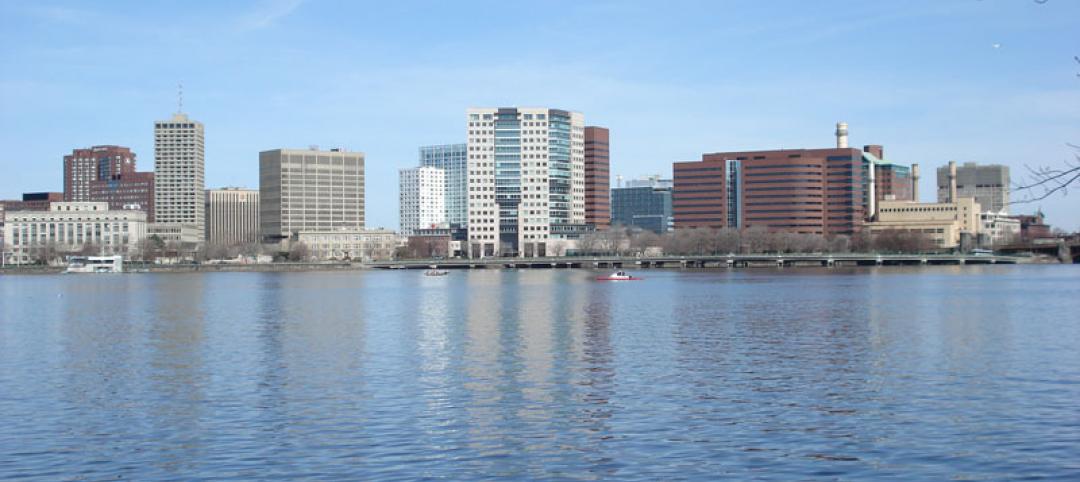Several significant updates have been added to the new edition of Minimum Design Loads and Associated Criteria for Buildings and Other Structures, Standards ASCE/SEI 7-16.
The recently released document helps determine design loads including dead, live, soil, flood, tsunami, snow, rain, atmospheric ice, earthquake, wind, and fire, as well as how to assess load combinations. This new edition of ASCE 7 supersedes ASCE/SEI 7-10.
Significant changes include:
- New seismic maps reflecting the updated National Seismic Hazard Maps
- New wind speed maps, including new Hawaii maps, that result in reduced wind speeds for much of the United States, clarified special wind study zones, and separate Risk Category IV from Category III
- New snow load maps incorporating regional snow data for areas that previously required site-specific case study zones
- Updated rain duration provisions that align design requirements with International Plumbing Code provisions for drainage
- Entirely new chapter covering tsunami design provisions, which are important to Alaska, Hawaii, California, Oregon, and Washington
- New appendix provisions for fire design
Structural engineers, architects, and those engaged in preparing and administering local building codes should consult the updated code. To purchase online, visit the ASCE Bookstore.
Related Stories
Codes and Standards | Nov 21, 2019
Number of LEED commercial building projects surpasses 100,000
More than 2.6 million sf of space being certified each day.
Codes and Standards | Nov 19, 2019
Most U.S. voters support licensing standards for architects
NCARB survey shows strong support for architecture as a licensed profession.
Codes and Standards | Nov 18, 2019
Cambridge, Mass., teams up with utility on energy retrofit program
Buildings large than 25,000 sf targeted in initiative to further carbon neutrality goal.
Codes and Standards | Nov 14, 2019
Resistance to Toronto’s ‘smart city’ reveals pitfalls of such ambitious projects
Concerns over data privacy, governance, feasibility prompt criticism.
Codes and Standards | Nov 13, 2019
Heat pumps, strategic energy management could be next major focuses for efficiency
After lighting, efficiency experts look to new opportunities to boost energy efficiency.
Codes and Standards | Nov 12, 2019
National Infrastructure Performance Council to address ‘national security crisis’
Coalition wants to double annual level of infrastructure investment.
Codes and Standards | Nov 11, 2019
Major cities are adopting new building performance standards
Initiatives can include multiple standards.
Codes and Standards | Nov 11, 2019
U.S. hotel construction pipeline continues its year-over-year growth
In its eighth consecutive quarter of growth, projects currently under construction stand at 1,729 projects/235,278 rooms.
Codes and Standards | Nov 11, 2019
New retrofit design guide for metal roofing published
Metal Construction Association document provides best practices for re-roofing with metal.
Codes and Standards | Nov 8, 2019
New York City among the top hotel construction pipelines in the United States
Hotels presently under construction are at 102 projects/17,504 rooms.

















